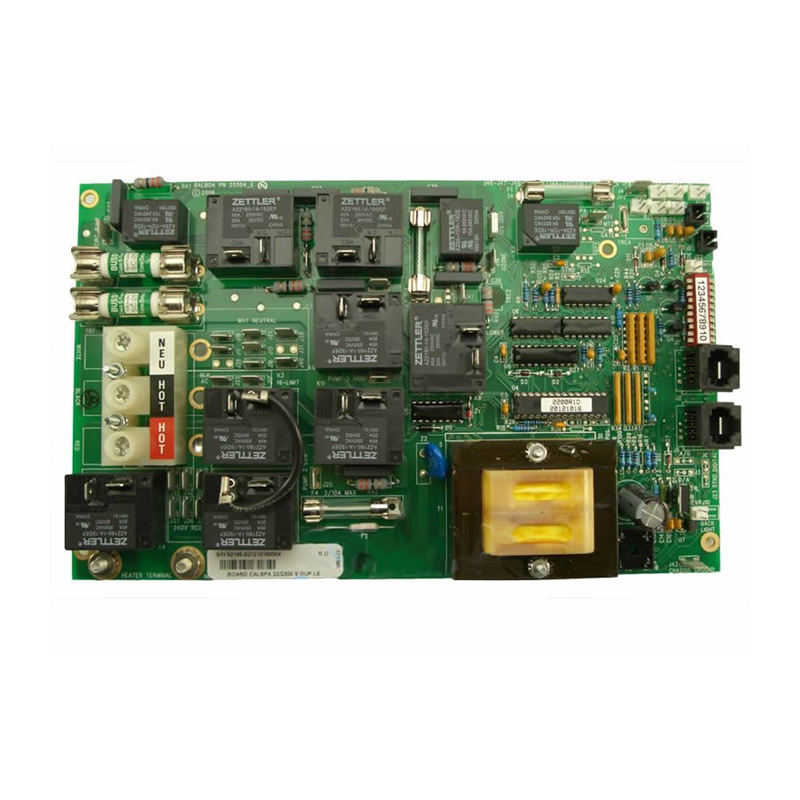

Understanding Single Glazed Low-E Glass Benefits and Applications
In the ever-evolving world of energy efficiency and sustainable building materials, single glazed low-emissivity (Low-E) glass has emerged as a practical choice for both residential and commercial applications. This type of glass not only enhances the aesthetics of buildings but also offers significant benefits in terms of energy savings and comfort.
What is Single Glazed Low-E Glass?
Low-E glass is coated with a thin, transparent layer of metal or metallic oxide which reflects heat while allowing natural light to pass through. The term single glazed refers to glass that consists of a single layer, differentiating it from double or triple glazing options. While single glazed windows may not provide the same level of insulation as their multi-glazed counterparts, the inclusion of a Low-E coating makes them a more efficient option than standard single glazing.
Energy Efficiency
One of the primary benefits of using single glazed low-E glass is its energy efficiency. The Low-E coating reflects infrared light, keeping heat inside during the winter and reflecting it away during the summer. As a result, buildings equipped with this glass can maintain a more stable interior temperature, reducing the reliance on heating and cooling systems. This can lead to lower energy bills and a smaller carbon footprint—a crucial consideration in today’s environmentally conscious society.
Comfort and UV Protection

Apart from energy savings, single glazed low-E glass contributes to a more comfortable indoor environment. By minimizing heat loss and gain, it helps maintain a consistent temperature throughout the year, enhancing occupant comfort. Additionally, this type of glass provides important UV protection. Harmful ultraviolet rays can fade furniture, carpets, and art inside homes and offices. Low-E glass can filter out a significant portion of these rays, prolonging the life of interior furnishings.
Aesthetic Appeal
Another noteworthy feature of single glazed low-E glass is its clarity and light transmission. Unlike heavily tinted windows, which can darken the appearance of a space, low-E glass allows natural light to flood in while maintaining a clear view of the outdoors. This quality makes it a popular choice for architects and designers who prioritize both beauty and functionality in their projects.
Applications
Single glazed low-E glass is ideal for various applications, including residential windows, commercial storefronts, and curtain walls. It's particularly useful in climates with moderate temperature fluctuations, where it can provide a good balance of thermal performance without the bulk of thicker, multi-glazed systems. While not the most effective option for extreme climates, it represents a step toward more sustainable building practices.
Conclusion
In conclusion, single glazed low-E glass offers a unique blend of energy efficiency, comfort, and aesthetic appeal. While it may not replace the need for double or triple glazing in all situations, it serves as an excellent option for those looking to enhance their buildings with modern, eco-friendly materials. As awareness of sustainability continues to grow, the adoption of technologies like single glazed low-E glass is likely to increase, leading to greener and more efficient living and working environments.